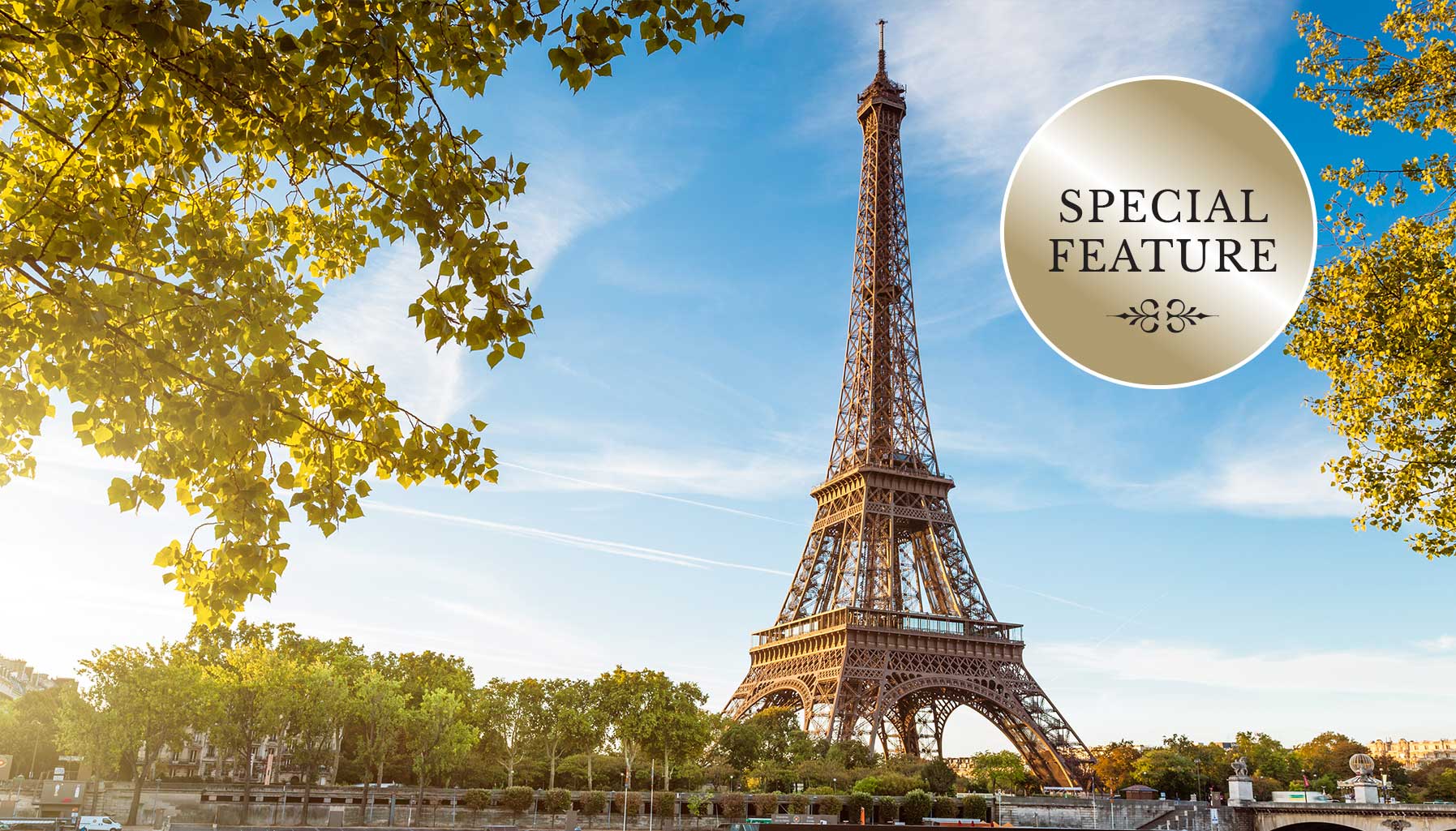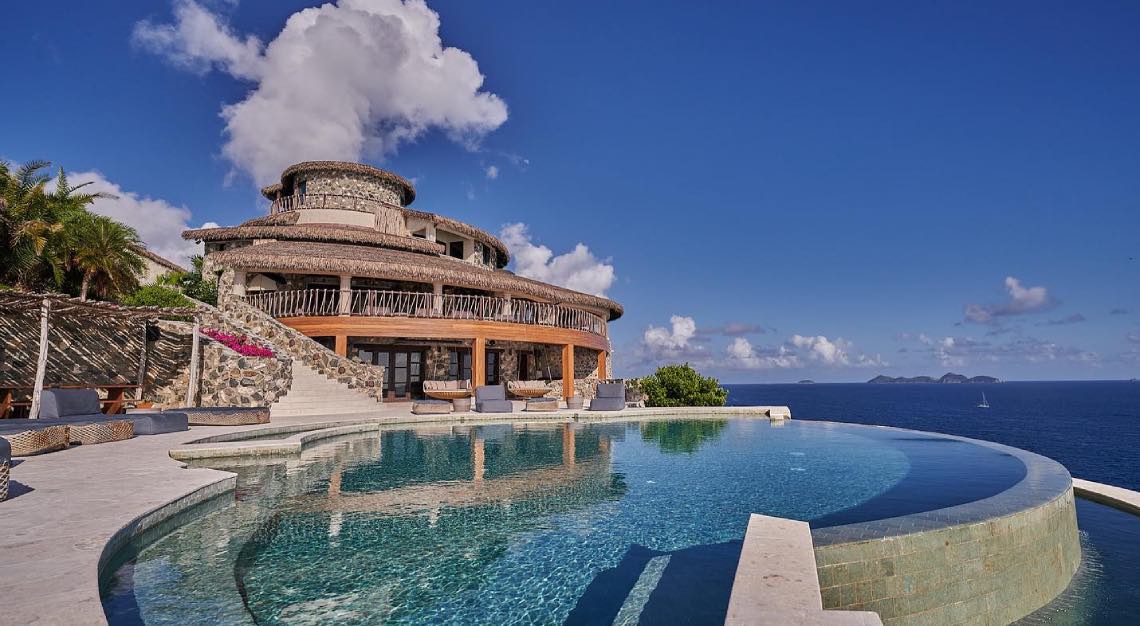Why on earth do people climb Mount Everest?
The explanation, “because it is there”, has been wrongly attributed to Sir Edmund Hillary, the man who scaled the peak alongside Sherpa Tenzing Norgay in 1953. It was, in fact, first said by George Mallory, who attempted the ascent 29 years earlier. To this day, no one knows for sure whether he made it or not. He died in the attempt.
His body was discovered in 1999, less than 300 metres from the summit, and the question still remains: was he still on the way up when he shuffled off his mortal coil, or on the way down? The body of his fellow climber, Andrew Irvine, is still up there… somewhere.
Whatever occurred, Sir Edmund Hillary was the first person to get to the top of Mount Everest and get back down again, living to tell the tale. It made him famous, and rightly so. He did something that no one had ever done before (we suspect), and did it with less of a support system and fewer technological aids than would be required to organise an Under 12’s football tournament.

Since Hillary’s achievement, 66 years ago, almost 5,000 people have made the ascent, and some have done it more than once, creating a total of more than 8,000 completed climbs. The number of attempts is increasing, and has led to an overcrowding of the world’s highest peak that’s proven to be extremely dangerous.
This year, 11 people have died on the slopes, and there will almost certainly be more before 2019 comes to a close. Images have emerged from close to the peak depicting lines of climbers, literally queuing up to take their final steps in the ‘Death Zone’ – the last push beyond 8,000 metres where oxygen is at its lowest, limbs are at their tightest and most fatalities occur.
It looks like nothing more than a procession, and that is what it has become – a cavalcade that feeds an industry that doesn’t seem to be as mindful or as well-regulated as perhaps it should be.
Interestingly, Nepal went from ‘one team permit’ per year in the early 1990s to… as many as could be sold. All based on the fact that prospective climbers are creating revenue; the cottage industry of Sherpas, guides and ancillary support systems is a potentially lucrative one.
These days, you can pay approximately US$50,000 (S$68,353), hire some people and start climbing. Everest has become a tourist attraction as much as it remains a physical challenge for those who feel that they haven’t hit enough peaks in their personal lives. The fact that there are quite a few making the ascent without proper training or conditioning is definitely a factor in the number of fatal incidents. But the only thing organisers and facilitators seem to be interested in at present, is whether payments can be made before base camp is struck.

Why do people do it? Because they can and because it’s there. But also, because it’s the biggest, highest (and therefore, best) mountain on the planet to tackle. A successful ascent brings status, prestige and proof of a physical fitness that is vestigial in the human psyche.
Climbing a mountain is hard work. It stretches sinews, makes extraordinary demands on the respiratory system, and asks impertinent questions regarding an individual’s mentality. When you are so tired that you are fit to drop and can’t take a single step further; when every muscle in your body wants to quit; when you’re freezing cold and you can think of nothing other than a hot bath, your family and a soft bed; how, and why do you keep going?
This is what separates the successful (and some of the unsuccessful) Everest climbers from the rest of us. The ability to keep going, exorcising the pain and the anguish to make sure that you get to the top, whatever the cost. It’s what characterises the achievers, and differentiates them from the non-achievers in almost every walk of life.
It’s a massive risk, of course. And it’s getting even riskier when you’re standing in line on a path with a width of two feet, without a computer-generated ticket number, and with a 1,219-metre drop on one side and a 1,829-metre drop on the other. These are, however, risks that people are willing to take in order to reach the pinnacle.
It has to be done, right? If you can afford it. The same way in which early explorers were determined to reach the North and South Poles, the next step was to find the earth’s highest point and shimmy up it. It’s now available to anyone with the wherewithal and the propensity for chancing their arms, legs and lives. And the authorities, whose bottom line is a top priority, are happy to make the necessary arrangements.
You’re unlikely to lose money by tapping into man’s competitive spirit and the desire to be ‘on top of the world’. But for those looking down on creation, there will always be a price to pay.






